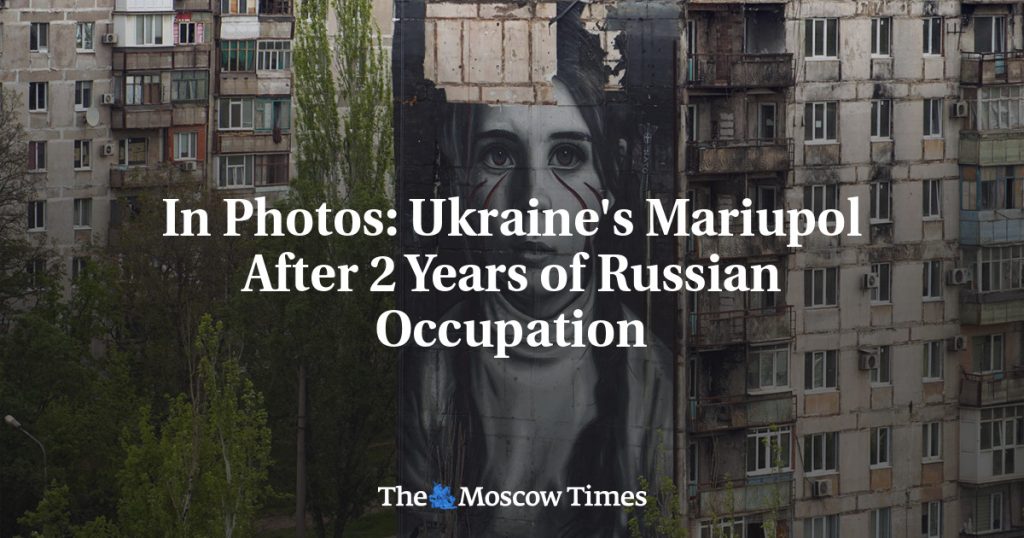The Ukrainian city of Mariupol was devastated during an 80-day-long conquest by Russia in 2022, resulting in the deaths of at least 8,000 residents. Human Rights Watch reported widespread war-related casualties during the siege. The city’s suffering was documented in the film “20 Days in Mariupol” by Ukrainian director Mstyslav Chernov, which depicted the atrocities and horror inflicted by the Russian army, leading to Mariupol becoming synonymous with destruction and tragedy. Despite the Russian army’s rapid reconstruction efforts after capturing the city, with the construction of new apartment blocks and road improvements, Mariupol remains scarred by the recent destruction.
The siege of Mariupol resulted in widespread devastation and loss of life, with thousands of residents perishing due to the intense fighting and destruction. Human Rights Watch documented the war-related casualties, shedding light on the tragic consequences of the conflict. The city’s ordeal was vividly captured in the film “20 Days in Mariupol” by Ukrainian director Mstyslav Chernov, which portrayed the horrors inflicted by the Russian army on the besieged residents. The images from Mariupol resonated globally, highlighting the senseless violence and suffering endured by the city’s inhabitants.
Following the capture of Mariupol by Russian forces, efforts were made to rebuild and reconstruct the city, with the construction of new apartment blocks and improvements to the infrastructure. However, despite the rapid reconstruction initiatives, Mariupol still bears the scars of the recent destruction, with reminders of the siege visible throughout the city. The Russian army’s ambitious plans for revitalizing Mariupol have been overshadowed by the haunting reminders of the devastation inflicted on its residents during the siege.
The residents of Mariupol faced unimaginable hardship during the Russian siege, with the city being reduced to rubble and countless lives lost as a result of the intense fighting. Human Rights Watch’s documentation of war-related casualties highlighted the toll of the conflict on the civilian population, drawing attention to the suffering endured by the residents of Mariupol. The film “20 Days in Mariupol” provided a harrowing glimpse into the horrors faced by the city’s inhabitants, capturing the brutality of the Russian army’s assault on the besieged city.
Despite the destruction and suffering inflicted on Mariupol, the city’s residents have shown resilience in the face of adversity. The reconstruction efforts initiated by Russia have sought to revitalize the city and rebuild its infrastructure, but the scars of war still linger throughout Mariupol. The aftermath of the siege has left lasting trauma on the city and its inhabitants, with the memory of the atrocities committed by the Russian army etched into the collective consciousness of Mariupol’s residents.
In conclusion, the siege of Mariupol by Russian forces in 2022 resulted in widespread devastation and loss of life, with thousands of residents perishing during the conflict. The city’s suffering was documented by Human Rights Watch and captured in the film “20 Days in Mariupol,” shedding light on the horrors faced by the besieged residents. Despite efforts to rebuild and reconstruct the city following its capture, Mariupol remains haunted by the memories of destruction and tragedy, with the scars of war visible throughout the city. The resilience of Mariupol’s residents in the aftermath of the siege serves as a testament to their strength and determination in the face of unimaginable hardship.


